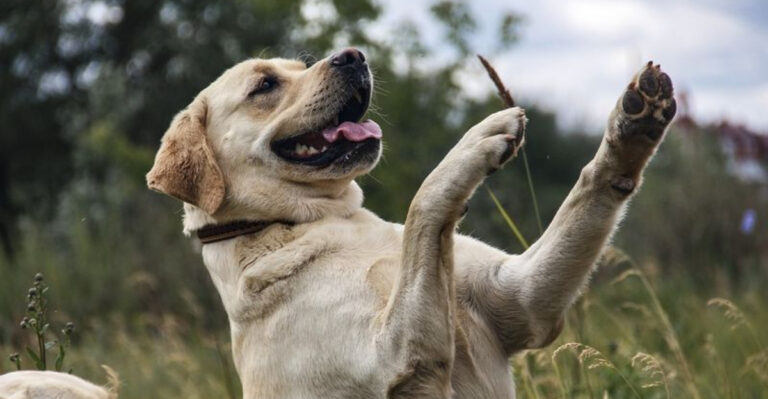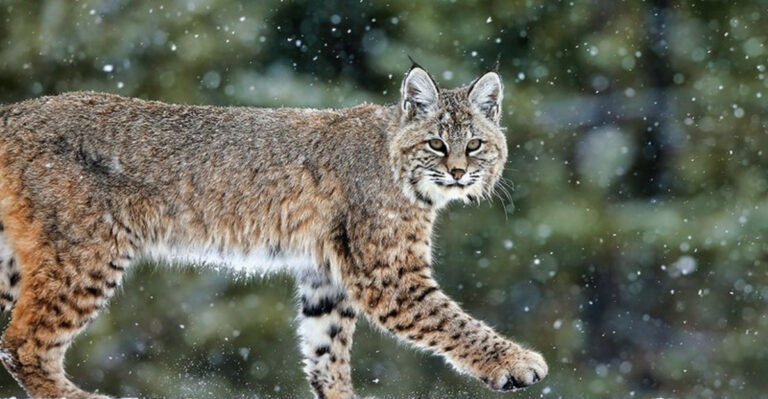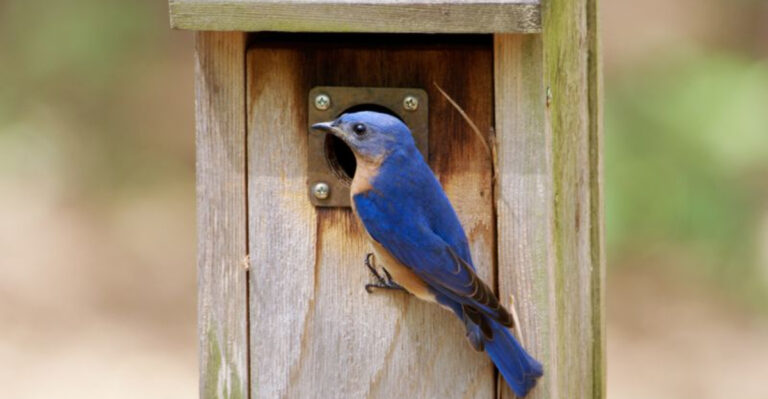These Are The Top 15 Quiet Dog Breeds Of 2025, According To The AKC
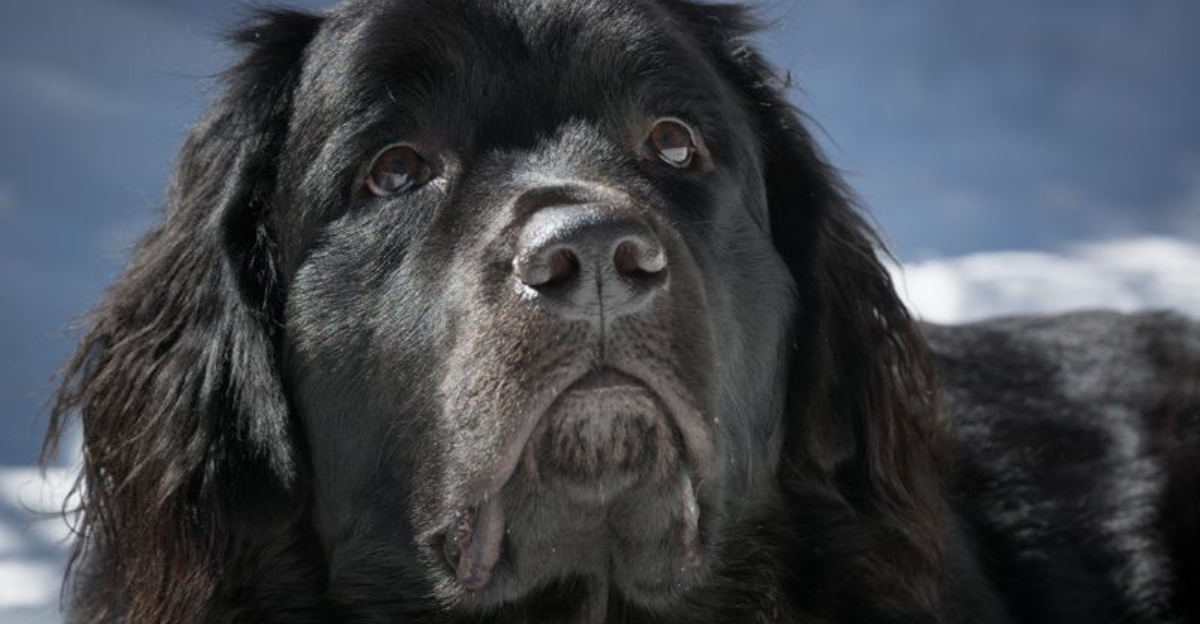
Finding a dog that won’t disturb your neighbors with constant barking can be a real challenge. Whether you live in an apartment building with thin walls or simply prefer a more peaceful home environment, a quiet canine companion might be exactly what you need.
The American Kennel Club has released their predictions for the top quiet dog breeds of 2025, perfect for those seeking a four-legged friend who won’t shatter the silence.
1. Basenji: The Barkless Wonder
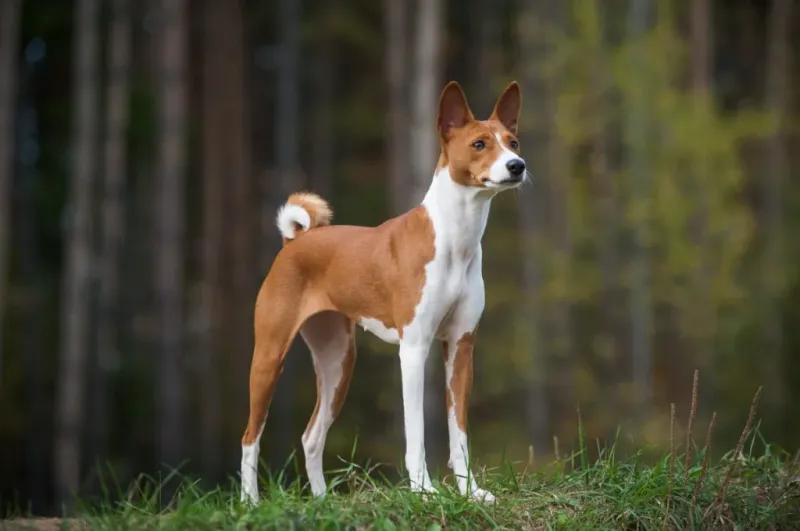
Known as Africa’s “barkless dog,” the Basenji doesn’t actually bark—instead, they make unique yodel-like sounds when excited. These intelligent, independent pups have self-cleaning coats similar to cats.
Their quiet nature makes them excellent apartment dogs, though they need regular exercise to burn off energy. With ancient origins dating back to Egyptian pharaohs, these distinctive dogs bring thousands of years of noble silence to your home.
2. Shiba Inu: Silent And Sophisticated
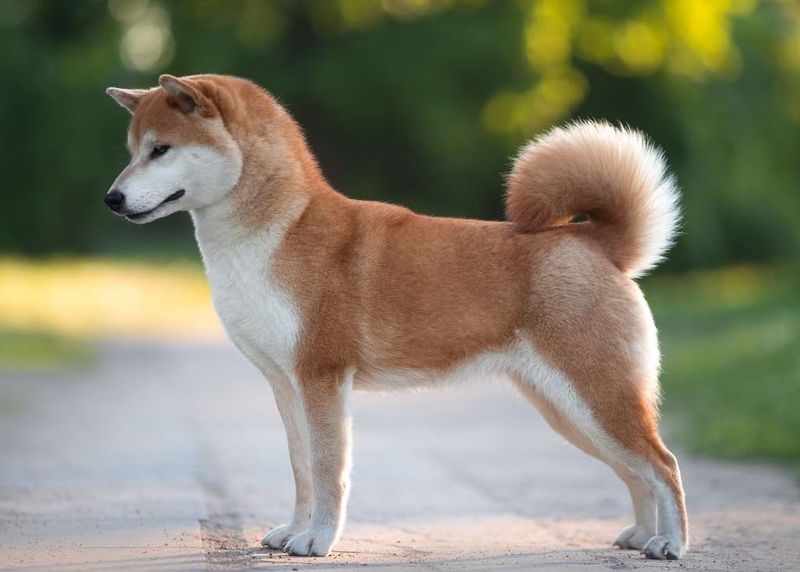
Japan’s national treasure brings fox-like charm and remarkable quietness to family life. Shibas communicate primarily through body language rather than vocalizations, preferring subtle signals over noisy barks.
Their fastidious nature and cat-like grooming habits make them surprisingly low-maintenance companions. While fiercely loyal to their families, these dignified dogs maintain an independent streak that respects your personal space and quiet time.
3. Greyhound: Speedy But Serene
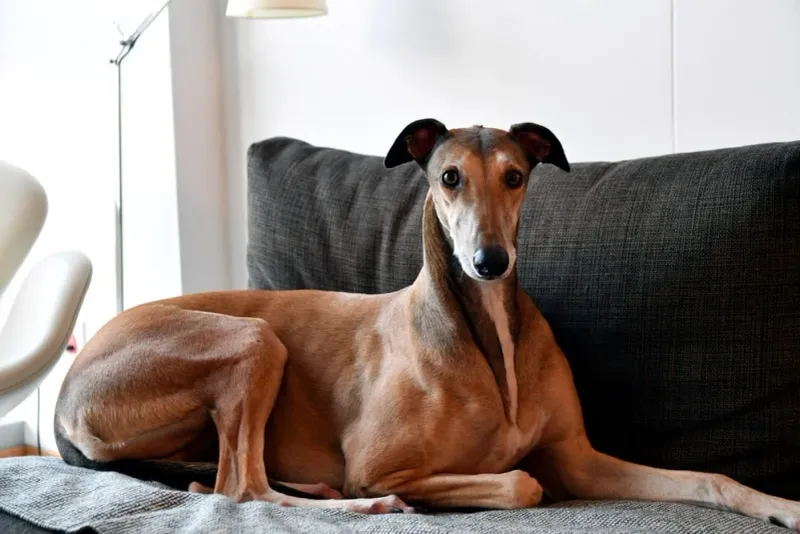
Surprising most first-time owners, these racing legends transform into peaceful couch potatoes indoors. Despite their athletic reputation, Greyhounds spend about 18 hours daily sleeping and rarely make noise unless truly necessary.
Their gentle temperament and minimal barking make them unexpected apartment superstars. These sweet-natured speedsters conserve their energy for short bursts at the dog park, preferring tranquil companionship over chaotic play the rest of the time.
4. Bullmastiff: The Silent Guardian
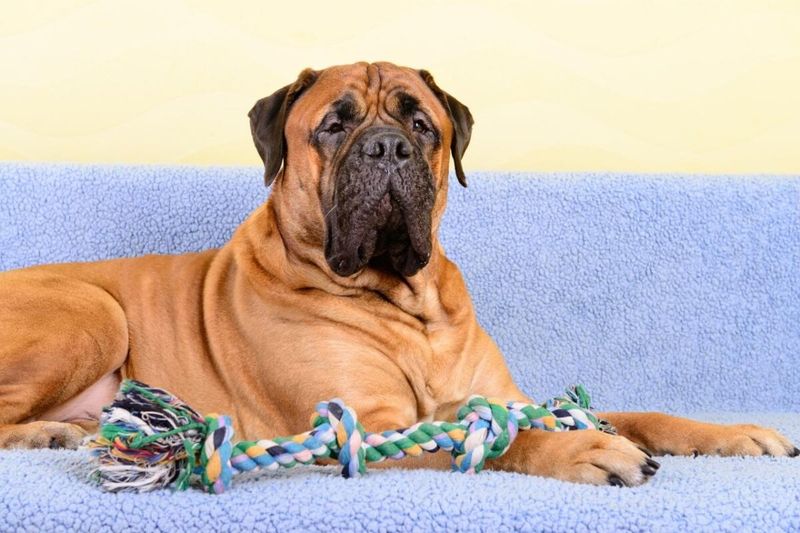
Originally bred to quietly track and pin down poachers on English estates, Bullmastiffs developed exceptional stealth. These gentle giants rarely bark without good reason, preferring to observe their surroundings with quiet vigilance.
Their confidence eliminates the nervous yapping common in smaller breeds. Despite their imposing size, Bullmastiffs move with surprising grace through homes, creating minimal disruption while offering maximum protection through their calm, watchful presence.
5. Cavalier King Charles Spaniel: Regal Restraint
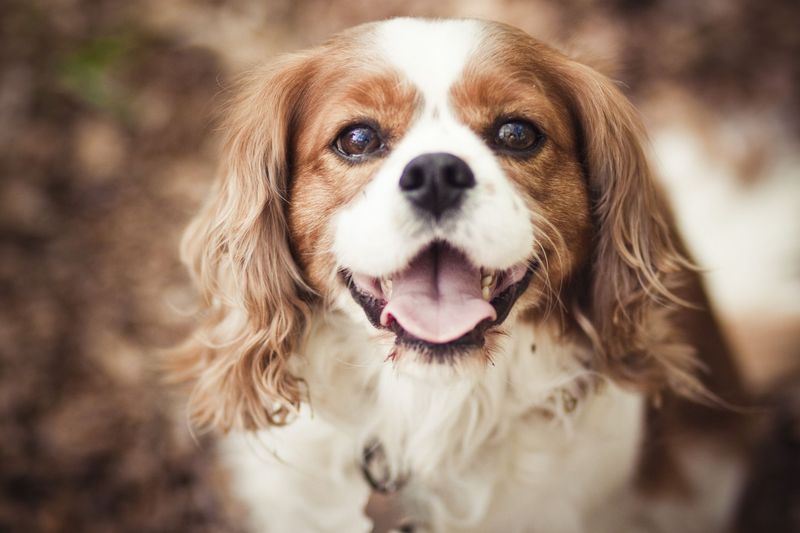
Aristocratic heritage shines through in these silky-eared companions who seldom disturb the peace. Unlike many small breeds known for excessive barking, Cavaliers maintain dignified restraint, saving their sweet voices for genuine needs.
Their adaptable nature means they’re equally content with active play or curling up quietly beside you. Famous for soulful eyes that communicate volumes without a sound, these gentle souls excel at reading your emotions and responding with silent comfort.
6. Chinese Shar-Pei: Wrinkled And Reticent

Behind those trademark wrinkles lies one of dogdom’s most noise-averse personalities. Shar-Peis approach life with thoughtful reservation, barking only when they’ve determined something truly deserves attention.
Their ancient Chinese heritage as guardian dogs taught them the value of silent observation. Fiercely loyal yet surprisingly calm, these distinctive dogs prefer expressing themselves through meaningful glances rather than unnecessary noise, making them excellent companions for noise-sensitive households.
7. Akita: Majestic And Muted
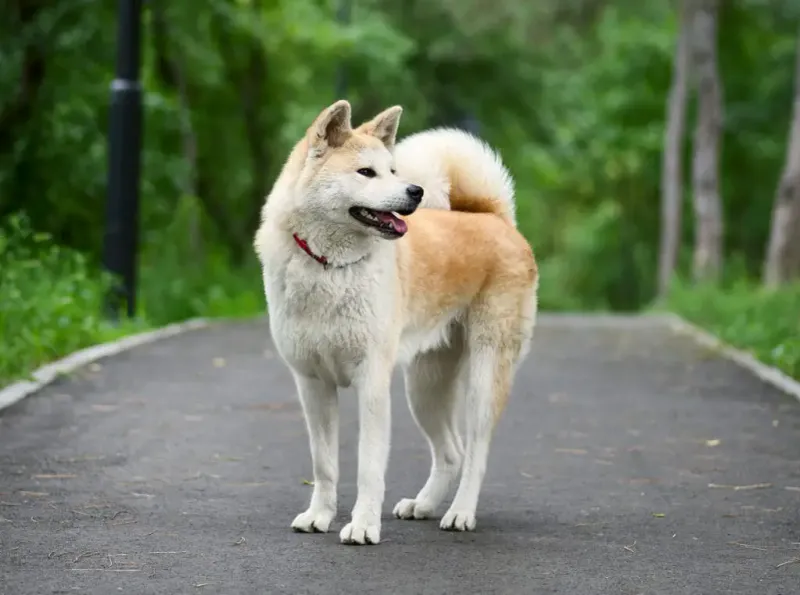
Hailing from Japan’s mountains, Akitas carry themselves with dignified silence that reflects their samurai heritage. Unlike reactive breeds, these powerful dogs assess situations carefully before making any noise, typically remaining quiet unless genuinely threatened.
Their thick double coats insulate sound as well as temperature. Deeply bonded to their families yet reserved with strangers, Akitas communicate volumes through subtle ear movements and expressive eyes, rarely needing to resort to barking.
8. Newfoundland: Gentle Giant
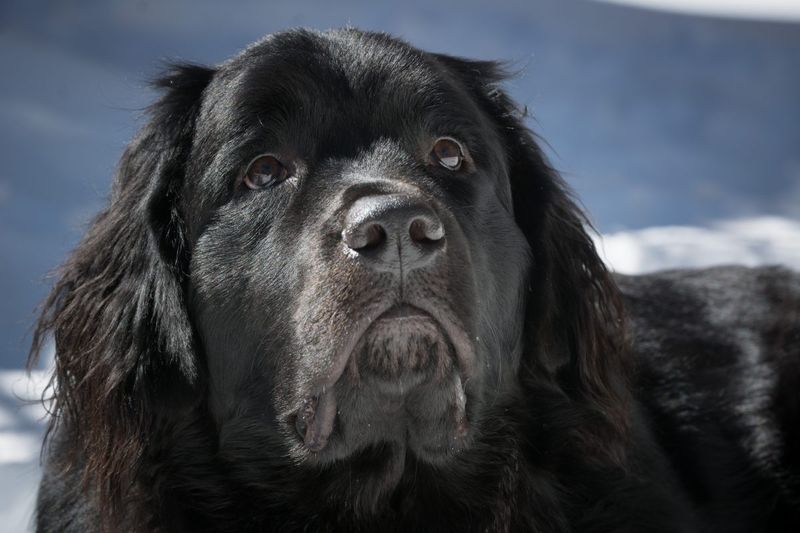
Maritime heritage shaped these massive water dogs into surprisingly hushed companions. Newfoundlands developed a calm demeanor perfect for life aboard fishing vessels where unnecessary noise would spook fish or distract sailors.
Their patient nature extends to noise production—they rarely bark without purpose. Sweet-tempered and naturally protective of children, these bear-like dogs maintain a peaceful presence in homes, communicating mostly through gentle nudges and soulful gazes.
9. French Bulldog: Quietly Charming
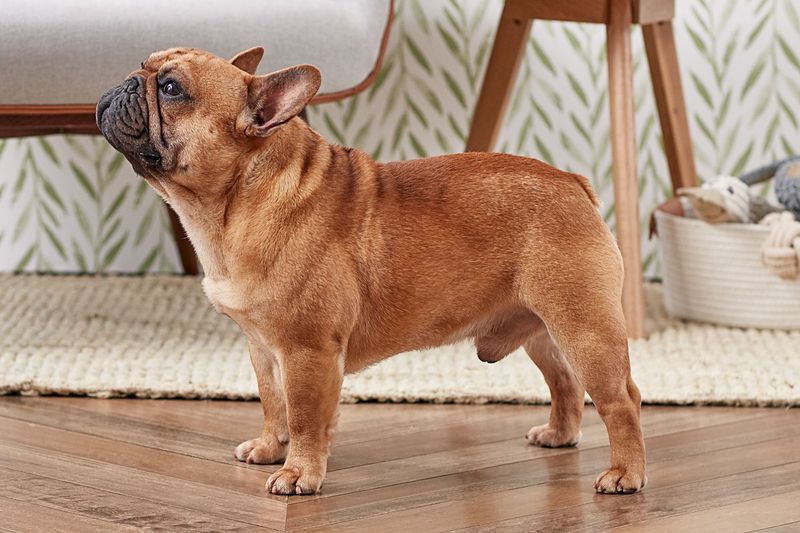
Frenchies communicate primarily through adorable snorts and expressive bat-like ears rather than barking. Their apartment-friendly reputation stems partly from their relatively quiet nature compared to other small breeds.
Physical limitations from their short muzzles naturally reduce excessive vocalization. Playful yet not overly energetic, these compact companions prefer entertaining you with comical expressions and affectionate cuddles instead of noisy antics, making them increasingly popular in urban settings.
10. Whippet: Sleek And Silent
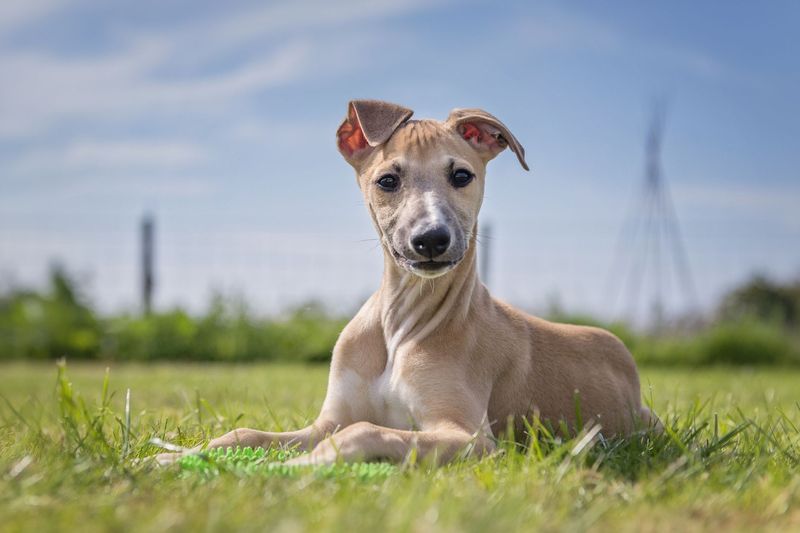
Consider Whippets the refined, smaller cousins of Greyhounds—equally known for their peaceful demeanor. These elegant sighthounds reserve their energy for short sprints, preferring to lounge quietly during downtime.
Their short coats and minimal shedding add to their unobtrusive presence in homes. Sensitive and gentle-natured, Whippets form deep bonds with their families while maintaining a respectful quietness that makes them excellent companions for work-from-home professionals.
11. Borzoi: Aristocratic And Hushed

Russian nobility prized these elegant sighthounds for their quiet dignity. Borzois move through homes with graceful silence, rarely making unnecessary noise even when excited.
Their calm confidence translates into minimal barking—they simply don’t feel the need to announce every passing squirrel. Tall yet surprisingly space-efficient when curled up, these majestic dogs bring an air of refined tranquility to households, preferring peaceful coexistence over chaotic interaction.
12. Bernese Mountain Dog: Calm Companion
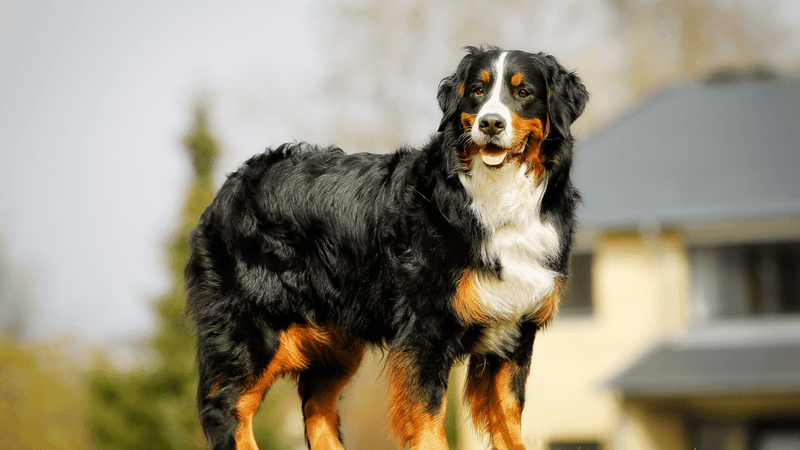
Mountain life taught these Swiss working dogs the value of conserving energy—including vocal energy. Berners typically bark only with purpose, preferring to express themselves through gentle leaning and soulful gazes.
Their steady temperament prevents the anxiety-based barking common in many breeds. Despite their impressive size, they move with surprising gentleness through homes, maintaining a peaceful presence that belies their strength, making them wonderful family companions who won’t disturb the neighbors.
13. Saint Bernard: Tranquil Rescuer

Famous for alpine rescues, Saint Bernards developed a thoughtful approach to communication. These gentle giants save their distinctive deep bark for important situations, remaining surprisingly quiet during everyday activities.
Their patient nature extends to noise tolerance and production. Historically working in dangerous avalanche conditions, they learned to communicate effectively without unnecessary sound. Today’s Saints bring that same measured calm to family homes, providing silent comfort through their massive, reassuring presence.
14. Collie: Lassie’s Quiet Wisdom

Beyond their Hollywood fame, Collies earned respect as remarkably discerning communicators. Unlike many herding breeds prone to excessive barking, well-trained Collies reserve vocalization for genuine needs, preferring subtle herding movements to loud commands.
Their exceptional intelligence helps them distinguish between threats requiring alarm and normal household activities. With flowing coats and gentle expressions, these intuitive dogs excel at silently anticipating family needs, making them sophisticated companions who won’t disrupt your Zoom calls.
15. Great Dane: The Gentle Apollo
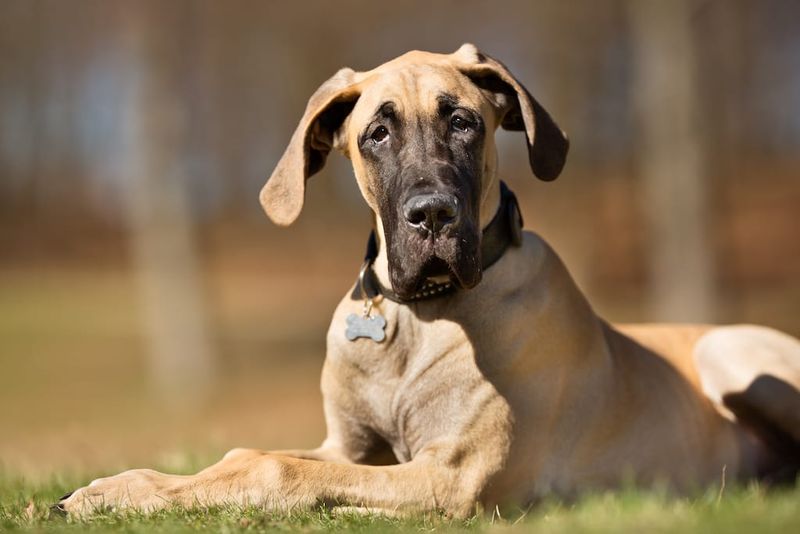
Often called “Apollo of dogs,” Great Danes combine imposing size with surprising quietness. Their deep barks emerge rarely, usually reserved for genuine threats rather than passing delivery trucks.
Historically bred as chamber dogs for German nobility, they developed indoor manners including voice control. Their natural confidence eliminates insecure barking common in smaller breeds. Despite their massive frames, these dignified giants tiptoe through homes with remarkable awareness of their surroundings.

